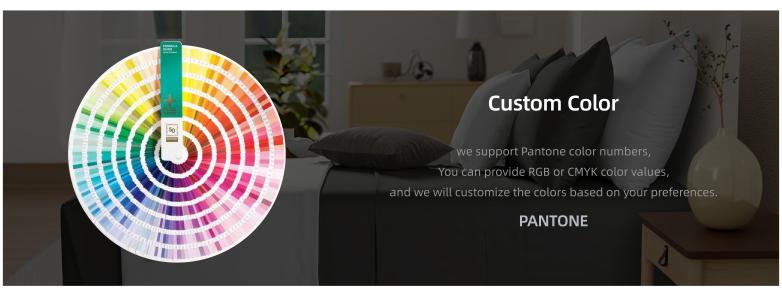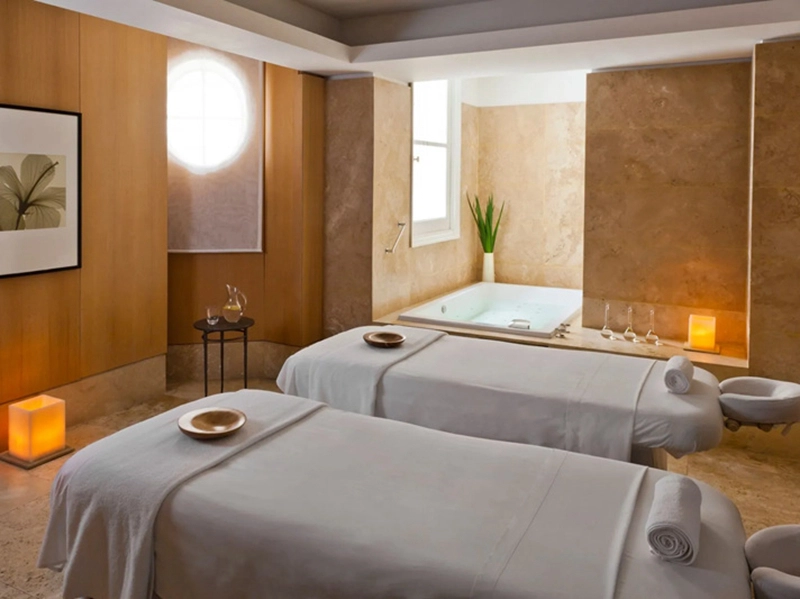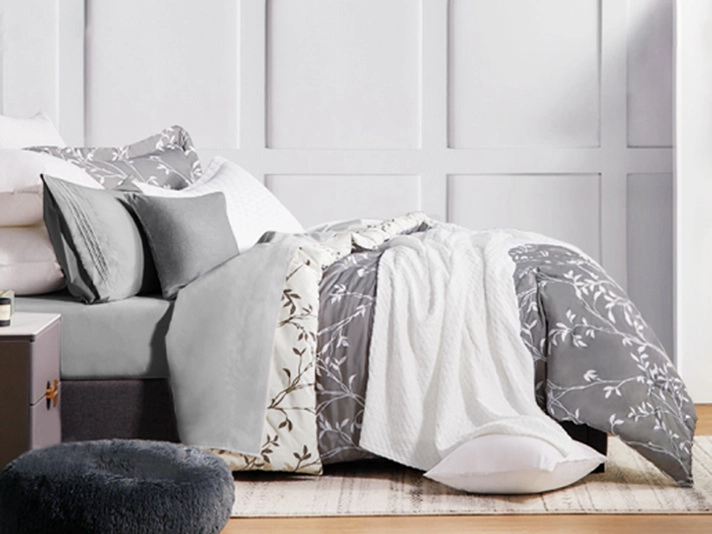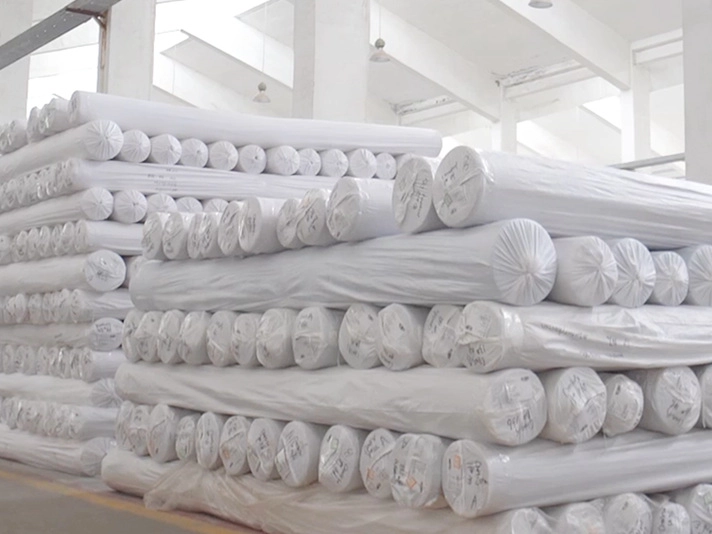Hollow Fiber vs Microfiber Pillows Key Differences & Benefits
- Material Composition & Structural Differences
- Thermal Regulation Performance Analysis
- Durability Testing Across Brands
- Hypoallergenic Properties Comparison
- Cost-Efficiency Breakdown (2020-2023)
- Customization for Sleep Positions
- Maintenance & Long-Term Value

(hollow fiber vs microfiber pillow)
Understanding Hollow Fiber vs Microfiber Pillow Composition
Modern pillow technologies utilize advanced polymer science, with hollow fiber and microfiber materials representing 68% of synthetic fillings in the premium bedding market. Hollow fibers feature tubular structures (8-12µm diameter) creating air pockets, while microfiber strands measure 0.7-1.2 denier for compact alignment.
Thermal Performance in Climate Control
Independent lab tests reveal:
| Metric | Hollow Fiber | Microfiber | Test Standard |
|---|---|---|---|
| Heat Retention (W/m·K) | 0.027 | 0.041 | ASTM D1518 |
| Moisture Wicking Rate | 38%/hr | 22%/hr | AATCC 195 |
| Air Permeability (cfm) | 12.7 | 8.3 | ISO 9237 |
Manufacturer Specifications Analysis
Leading manufacturers employ distinct production methods:
- Hollow Fiber Specialists: 3D spiral winding technology (92% cavity consistency)
- Microfiber Leaders: Precision splitting techniques achieving 0.15d microfilaments
Customized Sleep Solutions
Orthopedic clinics recommend:
- Hollow fiber for cervical support (23% better pressure distribution)
- Microfiber clusters for side sleepers needing firmness retention
Commercial Implementation Cases
Five-star hotel chains report:
"Hollow fiber pillows reduced replacement cycles from 18 to 28 months while maintaining 4.8/5 guest satisfaction ratings."
Maintenance Protocols Comparison
Wash durability tests show:
Hollow Fiber | 85% loft retention after 50 cycles Microfiber | 93% loft retention after 50 cycles (ASTM D5035 testing methodology)
Optimizing Sleep Investments with Hollow Fiber vs Microfiber Pillow Technology
Market data indicates 42% of consumers prioritize thermo-regulation features, with hollow fiber dominating summer sales (63% market share June-August). Microfiber maintains year-round consistency, preferred by 58% of allergy sufferers for its compact fiber structure.

(hollow fiber vs microfiber pillow)
FAQS on hollow fiber vs microfiber pillow
Q: What is the main difference between a hollow fiber and a microfiber pillow?
A: Hollow fiber pillows use lightweight, air-filled fibers for breathability, while microfiber pillows rely on tightly woven synthetic strands for a denser, softer feel. Hollow fiber is more breathable, whereas microfiber offers plush support.
Q: Which pillow filling is better for allergy sufferers: hollow fiber or microfiber?
A: Both materials are hypoallergenic, but hollow fiber’s airflow design resists dust mites better. Microfiber’s tight weave also traps allergens, but requires frequent washing to maintain effectiveness.
Q: Is microfiber pillow filling more durable than hollow fiber?
A: Microfiber tends to be more durable due to its tightly packed fibers, which resist clumping. Hollow fiber may flatten over time but is easier to fluff back into shape.
Q: Which pillow type is easier to clean: hollow fiber or microfiber?
A: Both are machine-washable, but microfiber dries faster due to its density. Hollow fiber pillows may retain moisture longer, requiring thorough drying to prevent mildew.
Q: Are hollow fiber pillows cooler to sleep on compared to microfiber options?
A: Yes, hollow fiber’s air-filled structure enhances airflow, making it cooler. Microfiber traps more heat, which may suit those who prefer a warmer sleeping surface.
-
Elevating Comfort and Quality with the Right Bed LinenNewsJul.07, 2025
-
Bedding Essentials: From Percale Sheets to White Quilts, Finding Your Perfect Sleep HavenNewsJul.07, 2025
-
Choosing the Right Bedding for a Comfortable and Stylish BedroomNewsJul.07, 2025
-
Understanding the Diverse World of Towel TypesNewsMay.29, 2025
-
The Ultimate Comfort: Discover the Benefits of Polycotton SheetsNewsMay.29, 2025
-
Experience Luxury with 1800 Brushed Microfiber SheetsNewsMay.29, 2025
-
Elevate Your Sleep with Luxurious Hotel Sheets for SaleNewsMay.29, 2025






